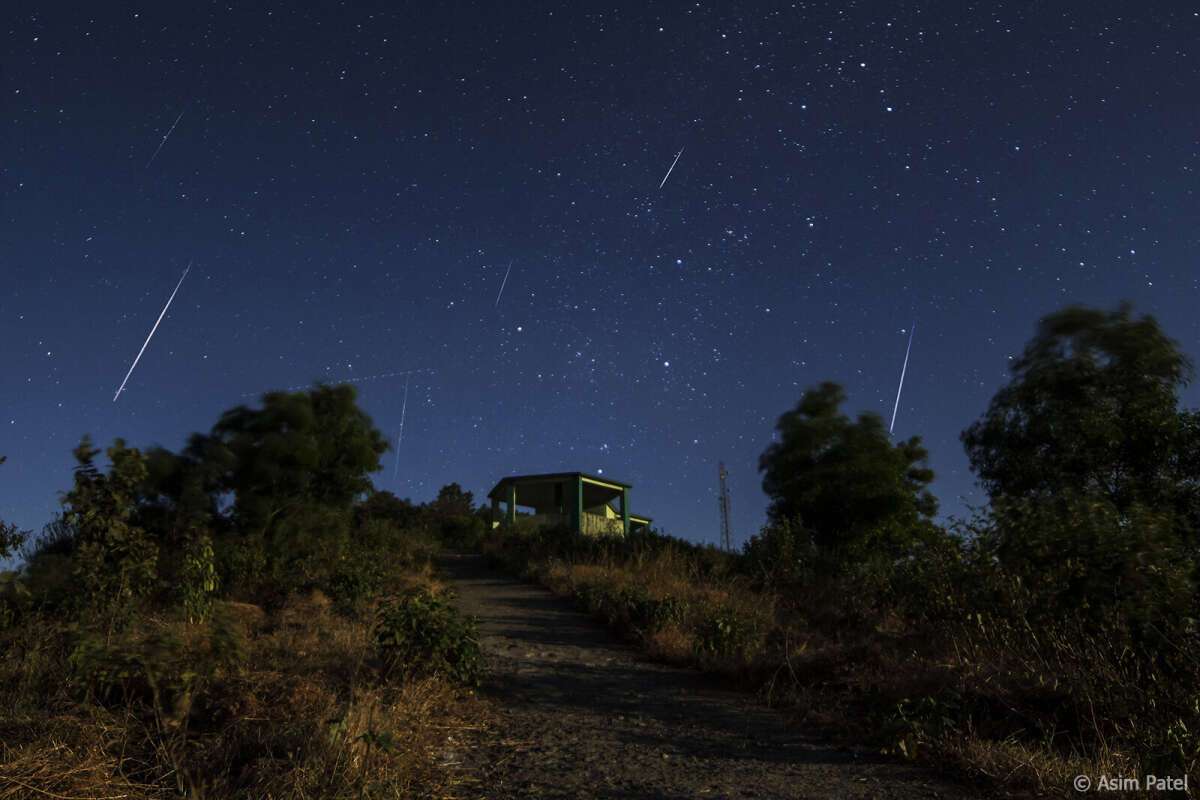
Amateur astronomers from the Northern Hemisphere can see up to 70 meteors per hour tomorrow, Sunday, when the Geminida meteor shower will reach its maximum. The prospects for seeing the best meteor rain this year are quite good, since there will be no moon in the sky that interferes with observations.
Meteors are small fragments of cosmic stones that burn in the Earth’s atmosphere. They travel at a huge speed, which in the case of Geminides is about 130,000 kilometers per hour. Friction in the upper atmosphere leads to the rapid heating of fragments, the air around them begins to shine brightly, and the particles quickly collapse. The resulting bright band is what we see from Earth as a meteor or a “falling star.”
In addition to meteor flows from each point on the surface of our planet, approximately 6 random meteors are visible every night. However, throughout the year, the Earth’s orbit intersects with material left by comets, or in the case of Geminides by asteroid Phaeton. When the planet enters these dense streams of debris, we see an increase in the number of meteors – the so-called meteor shower.
Geminid meteors can appear in the sky anywhere, but their traces converge into a single point (known as a radiant) lying in the direction of the constellation Gemini, so this stream is called Geminids. These meteors move through the sky quite slowly and can be intensely colored.
To observe this flow, you should look at the sky after 22:00 GMT, when the radiant will be high in the southeastern part of the sky. It is best to observe a meteor shower from rural areas, from where the entire sky is visible as in the palm of the hand, but in urban conditions you can see several spectacular meteors. If it is not possible to observe the Geminida meteor shower this weekend, then this can be done in the following days, but its intensity will be reduced.





